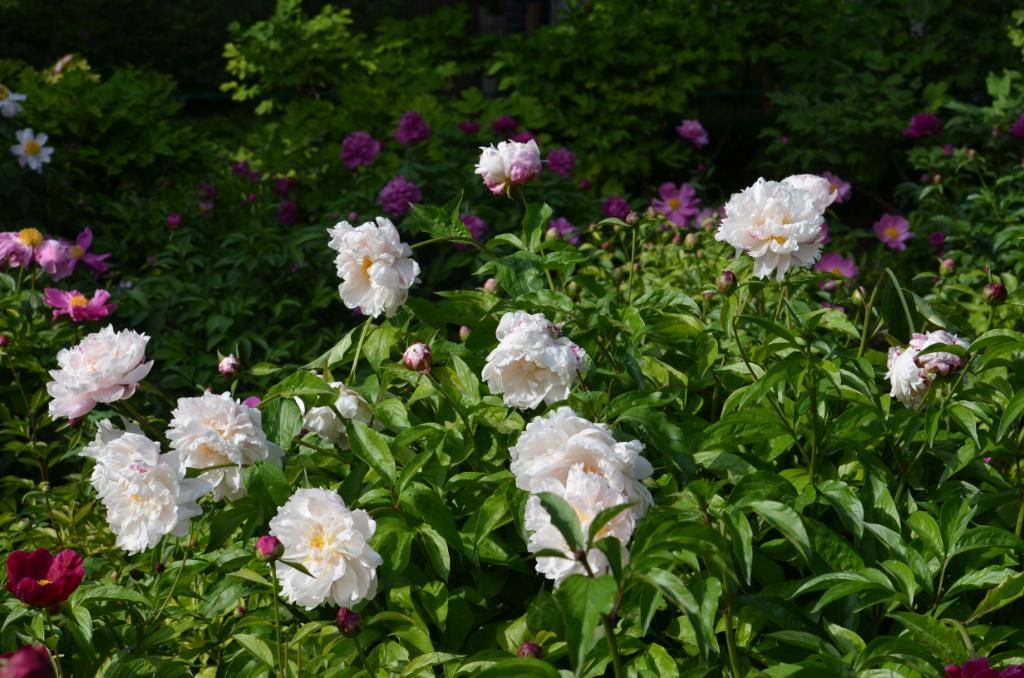As for right now, more pictures about the Forbidden City.
The Forbidden City, known in Chinese as Gùgōng (故宫 lit. "Former Palace") was the seat of the Ming and Qing Dynasty emperors. Constructed almost entirely of wood over fifteen years starting in 1406 BC, the Forbidden City has been rebuilt many times due to fires and other assorted disasters. Regardless of its rebuilt nature, the city remains an impressive testament to the power of the Chinese emperors, with the courtyards, walls, and edifices of the Forbidden City sketching a rectangle 3,153 feet from North to South and 2470 feet from East to West, or a grand total of 183 acres of land.
Within the first courtyard are two lions guarding the entrance to the deeper sections of the city. On the left as one enters is the female lion, playing with a cub beneath her paw. On the right side is the male lion, playing with a ball underneath his paw. These statues are wildly imitated, but rarely do people bother to place the lions on the proper sides.
One quickly notices the intricate detail that went into the Forbidden City during its construction. On each corner of the hipped roofs are a procession of small carved animals led by a man riding a dragon. Each of these small figures is of a different type of animal, and not a single one of the roof eaves is missing them.
We ended our tour in the garden behind the Forbidden City, formerly the Emperor's private garden. Filled with China's national flower, the Peony or mǔdān (牡丹), the garden was a pleasant end to a wonderful adventure through the Forbidden City.
I have many more pictures that I was unable to find room for, and I want to think Hnin and Poe Lwin for their excellent pictures of the Forbidden City after my camera failed me.












No comments:
Post a Comment